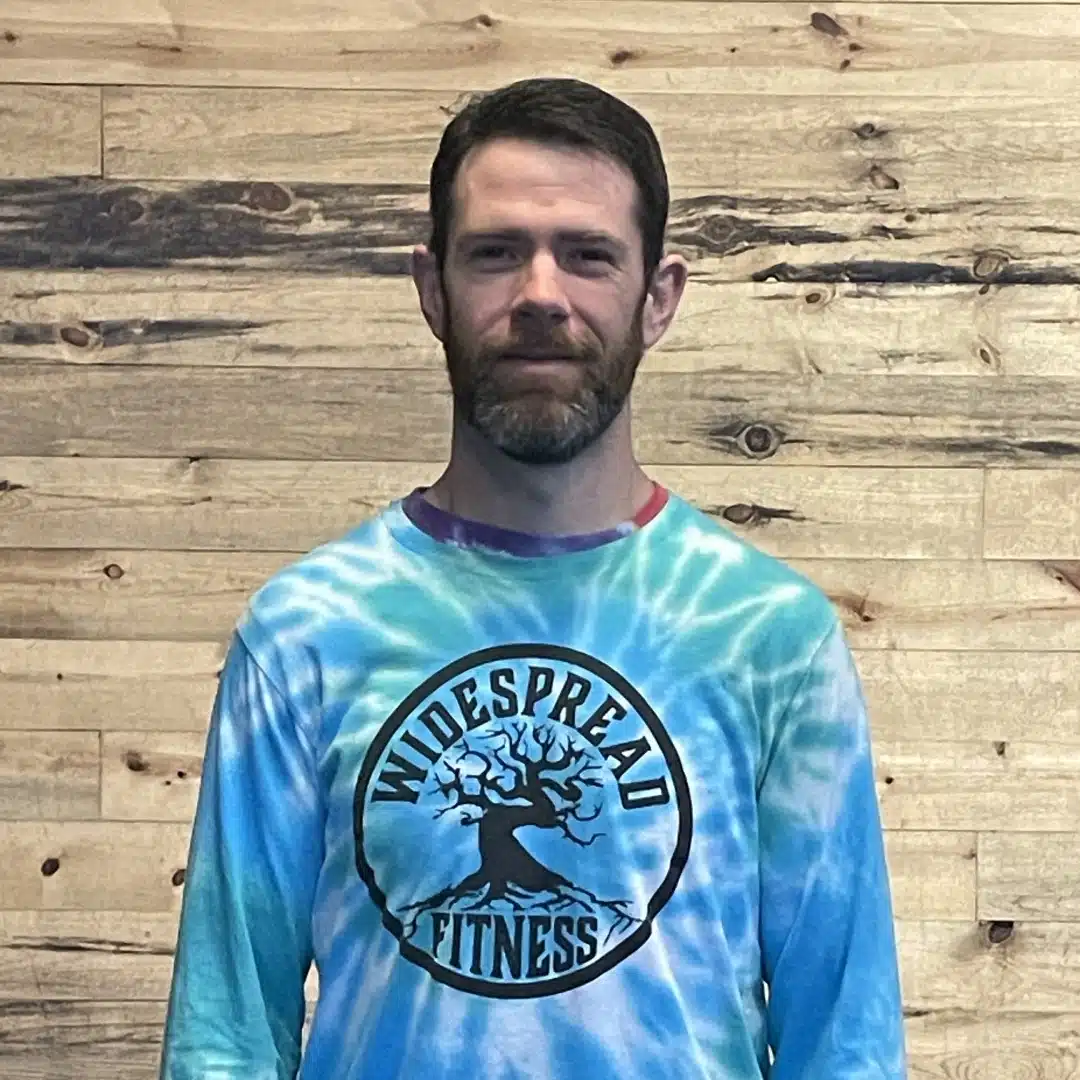Stability training is an important and often overlooked element of training. Whether it’s your first day in the gym or you are a veteran athlete you can benefit from stability training. Our bodies are forced to accommodate the demands of sport and life. To prevent falling, maintain balance, and moving our bodies and external objects through space requires stability and motor control over our muscles and joints. Improving one’s ability to stabilize is an essential skill in life!
So how do you get started at training this essential skill? Let’s answer some of the common questions around what stability training so you can start training it today.
One. What is stability training?
Two. How Should I incorporate stability training into my workout?
Three. What does stability exercise look like?
One. What is stability training?
Stability training can be defined as maintaining control or a joint movement or body position by coordinating actions of the surrounding muscles and central nervous system. It can be achieved using bodyweight movements or through some form of resistance training such as with free weights. When most people think of stability training they think of someone balancing on a Bosu ball or foam pad waving their arms around trying to maintain balance.
Stability training doesn’t actually require any special equipment and for most people, it’s actually totally unnecessary. In fact, all that training on an unstable surface does is limit the ability to add intensity or load to train the working muscle groups.
Which brings us to question number two.
Two. How Should I incorporate stability training into my workout?
The most effective way to incorporate stability training into your training is actually through strength training on stable surfaces. Through resistance training with free weights and bodyweight movements you can improve the strength and endurance of the most commonly underworked stabilizers and core muscles. Training unilateral (1 arm or 1 leg) movements will ensure that you minimize any imbalances that may occur with a typical barbell or machine training.
Focus on balancing in different positions as you move your own bodyweight through space is a great way to assess your athleticism and identify areas for improvement.
Three. What does stability exercise look like?
Stability exercises could include movements like single-leg deadlifts and lunges and will help strengthen the muscles that stabilize the knee joint. Using dumbbells or kettlebells for movements like bent-over rows or pressing movements will help improve stability and proprioception. Using basic jumping and plyometric exercises with a focus on “sticking” the landing position is also a great way to improve balance and stability.
Stability training can help us all enjoy a better quality of life. From playing with our kids to playing recreational or competitive sports it can improve performance and reduce the risk of injury.
If you’re looking for a training routine that works for you get in touch with one of our coaches today!










